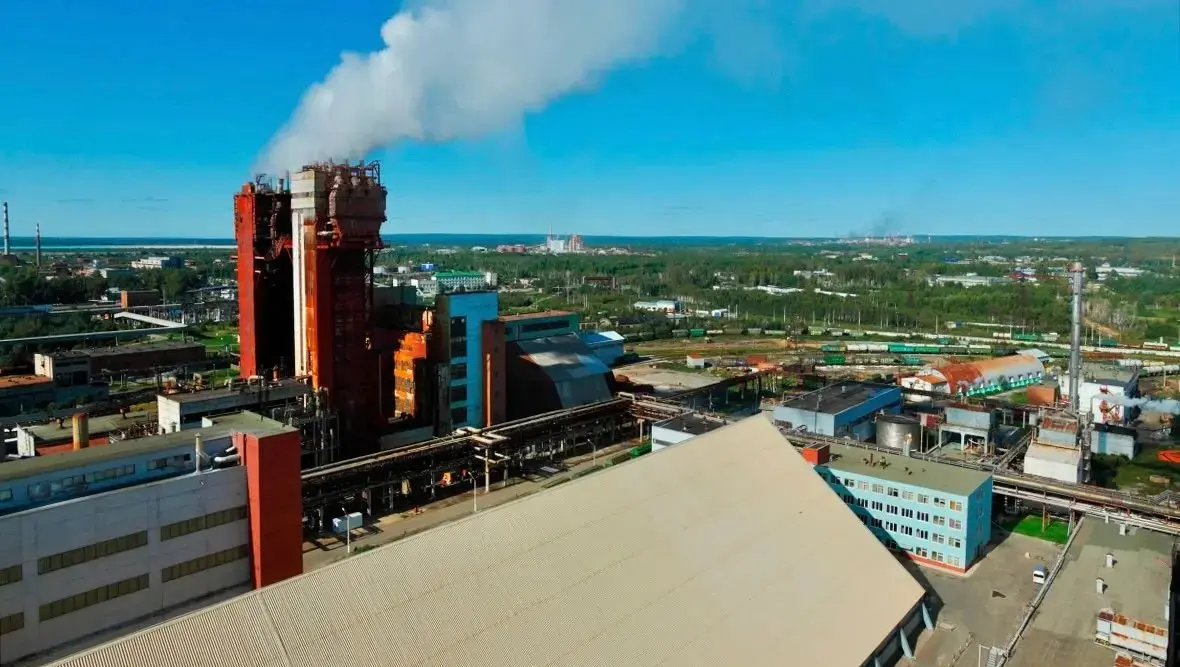
Ukraine’s drone strike on Russia’s Azot plant, 1,700 km from the front, disrupts production and marks a bold shift in long-range warfare tactics.
Why Ukraine’s Drone Strike on Russia’s Chemical Giant Is a Game-Changer
A Daring Strike: What Happened in Perm Krai
Ukraine Drone Reached Russia’s Industrial Heartland – On the night of October 3, 2025, Ukrainian drones launched a surprise attack on the Azot chemical plant in Russia’s Perm Krai. Located over 1,700 kilometers from the front lines, this facility is one of Russia’s largest producers of nitrogen-based fertilizers and chemical components used in explosives.
The strike briefly disrupted production and triggered emergency protocols. Regional Governor Dmitry Makhonin confirmed the attack, stating that “a brief stoppage of the technological cycle” occurred and that emergency services were deployed to assess the damage.
This marks one of the deepest Ukrainian drone strikes into Russian territory since the start of the full-scale war. It demonstrates Ukraine’s growing capability to target strategic infrastructure far beyond the battlefield.
Why Azot Matters: Strategic and Military Importance
The Azot plant is not just an agricultural facility—it’s a key supplier of chemicals used in Russia’s defense industry. It produces ammonia, urea, ammonium nitrate, and sodium nitrite, all of which have dual-use applications in fertilizers and explosives.
In 2024, Azot reported record output of over 2.3 million tons of products. According to Reuters, five Russian chemical companies—including Azot—supplied more than 75% of the materials used by Russia’s explosives and gunpowder factories.
By targeting Azot, Ukraine is not only disrupting agricultural supply chains but also striking at the heart of Russia’s military-industrial complex. The message is clear: no facility is out of reach.
Long-Range Drone Warfare: Ukraine’s Expanding Reach
The attack on Azot follows a pattern of increasingly long-range drone operations by Ukraine. Just days earlier, Ukrainian drones hit a chemical plant in Krasnodar Krai, sparking fires and forcing evacuations. In mid-September, the Metafrax Chemicals plant—also in Perm Krai—was struck by drones operated by Ukraine’s Defence Intelligence (DIU), damaging equipment used for urea production.
These operations are part of a broader strategy to weaken Russia’s war-making capabilities by targeting logistics, energy, and industrial infrastructure. Ukraine’s drone program, supported by Western technology and domestic innovation, is proving to be a powerful tool in asymmetric warfare.
Military analysts believe that Ukraine’s drone strikes serve multiple purposes:
- Disrupting production of military-grade chemicals
- Forcing Russia to divert air defense resources away from the front
- Demonstrating reach and resilience to domestic and international audiences
- Undermining Russian morale and confidence in homeland security
Global Reactions and Strategic Implications
The international community is watching closely. While Ukraine has not officially claimed responsibility for the Azot strike, sources within its intelligence services have confirmed involvement. Russia’s Defense Ministry claimed to have downed 20 Ukrainian drones over Russian-controlled territory but did not mention Perm Krai.
European leaders are increasingly concerned about the escalation of drone warfare. The EU summit in Copenhagen recently discussed the creation of a “drone wall” to protect member states from similar attacks. However, consensus on funding and deployment remains elusive.
For Ukraine, these strikes are a form of strategic messaging. They show that the war is not confined to Donetsk or Kherson—it can reach deep into Russia’s industrial heartland. For Russia, it’s a wake-up call that its vast geography is no longer a shield.
What Comes Next: Escalation or Deterrence?
The Azot strike raises important questions about the future of the conflict. Will Ukraine continue to target deep infrastructure? Will Russia retaliate with more aggressive tactics? And how will global powers respond to this new phase of warfare?
Analysts suggest that Ukraine may increase its use of drones to target oil refineries, railways, and communication hubs. These attacks are cost-effective, low-risk, and high-impact. Meanwhile, Russia may invest more in electronic warfare and air defense systems to counter the threat.
The war is entering a new chapter—one defined by technology, precision, and psychological impact. As Ukraine pushes the boundaries of drone warfare, the world must prepare for a future where battles are fought not just on the ground, but in the skies and across borders.
Rapido Updates will continue to monitor this evolving story and provide timely insights into the strategies shaping modern warfare. Stay tuned for expert analysis, verified reports, and global perspectives.